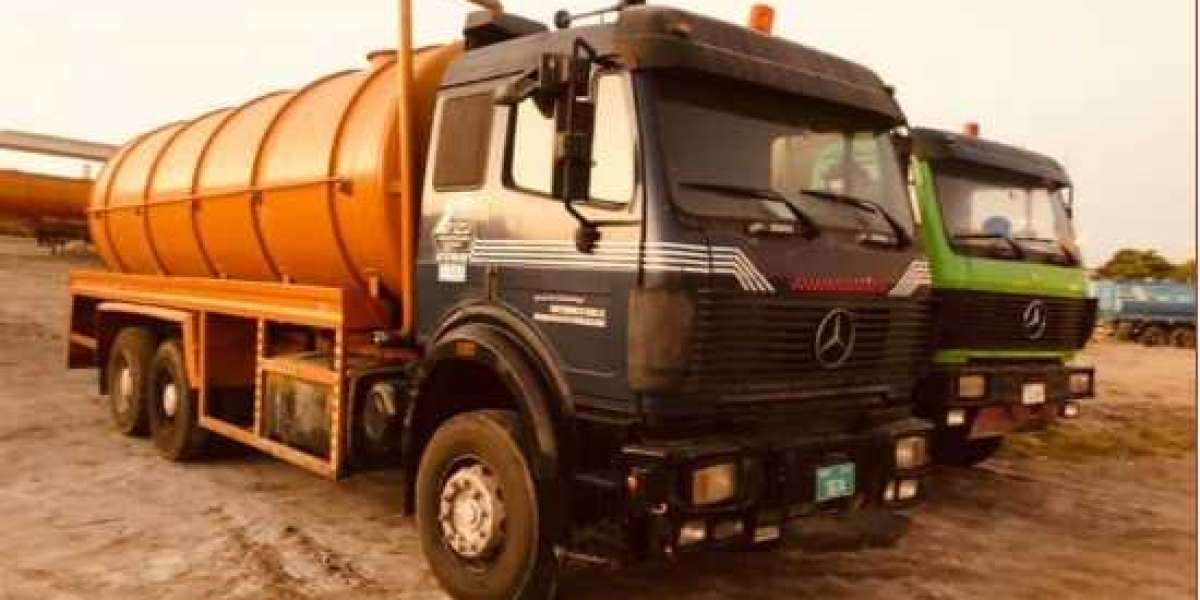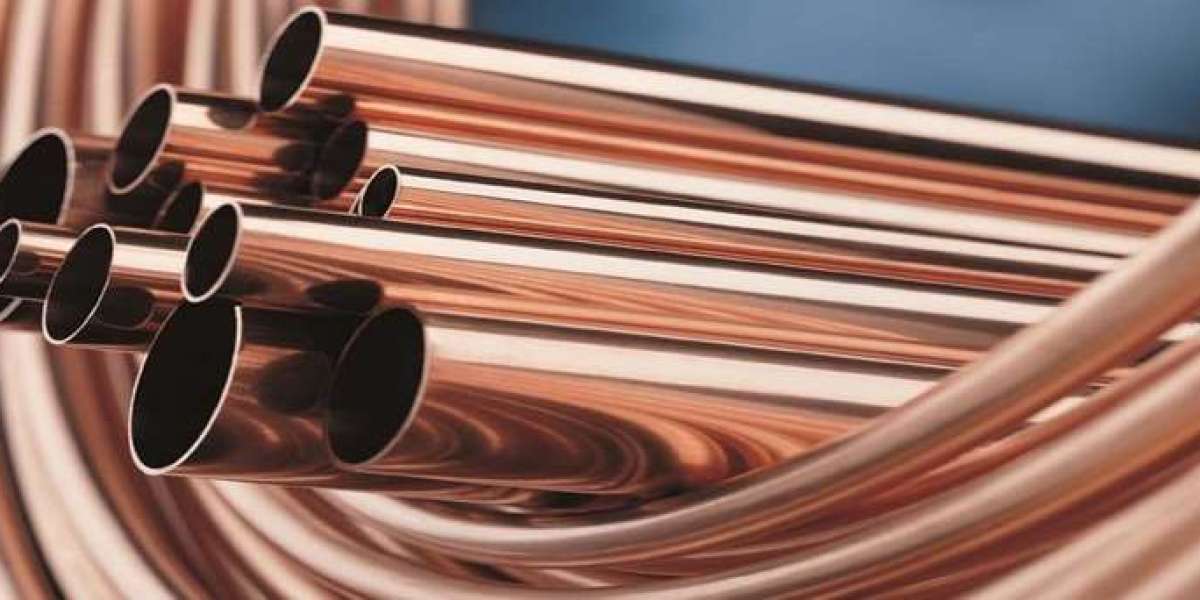Hydraulic systems are crucial to the operation of a wide range of machinery in various industries, from construction to manufacturing. While the importance of hydraulic oil filters is well-recognized, the role of hydraulic filter housings is equally critical yet often overlooked. Hydraulic filter housings are designed to hold and protect the filter elements that remove contaminants from hydraulic fluids. In this blog, we will delve into the significance of hydraulic filter housings, their types, key features, and maintenance best practices.
What is a Hydraulic Filter Housing?
A hydraulic filter housing is a robust enclosure that holds the filter element within a hydraulic system. It ensures that the hydraulic fluid flows through the filter media, which captures contaminants such as dirt, metal particles, and other debris. The housing must be strong enough to withstand the system's operating pressure and environmental conditions while maintaining a secure seal to prevent leaks.
Importance of Hydraulic Filter Housings
Protection of Filter Elements: The primary function of the filter housing is to protect the filter element from physical damage and environmental factors. A damaged filter element can compromise the filtration process, leading to contaminated hydraulic fluid circulating through the system.
Ensuring Proper Filtration: Hydraulic filter housings ensure that the hydraulic fluid passes through the filter element in a controlled manner. This process maximizes the filter's efficiency in removing contaminants, thereby protecting critical system components.
Pressure Management: Hydraulic systems operate under high pressure. Filter housings are designed to withstand these pressures, ensuring that the filter element remains intact and functional under various operating conditions.
Ease of Maintenance: Well-designed filter housings facilitate easy access to the filter elements for inspection, replacement, and maintenance. This ease of access helps maintain system efficiency and reduces downtime.
Types of Hydraulic Filter Housings
Suction Filter Housings: These housings are located at the pump's inlet to protect it from large contaminants. They are typically designed for low-pressure applications and allow high flow rates.
Pressure Filter Housings: Positioned downstream of the pump, these housings are built to handle high pressure and protect sensitive components from finer particles. They often include bypass valves to maintain fluid flow even if the filter becomes clogged.
Return Line Filter Housings: Found on the return line to the reservoir, these housings capture contaminants generated within the system before the fluid returns to the reservoir. They help maintain overall system cleanliness and often come with indicators for filter replacement.
Off-line Filter Housings: These housings are part of off-line filtration systems (also known as kidney loop systems), which filter a portion of the hydraulic fluid continuously, providing high filtration efficiency without affecting the main system flow.
Key Features of Hydraulic Filter Housings
Material and Construction: Filter housings are typically made from robust materials like steel or aluminum to withstand high pressures and harsh environmental conditions. The construction must ensure durability and resistance to corrosion.
Sealing Mechanisms: Effective sealing is crucial to prevent leaks and ensure that all hydraulic fluid passes through the filter element. High-quality gaskets and seals are essential components of a good filter housing.
Bypass Valves: Many filter housings incorporate bypass valves that allow fluid to bypass the filter element if it becomes clogged. This feature prevents excessive pressure build-up and ensures continuous fluid flow, protecting the system.
Indicators: Some filter housings include indicators that signal when the filter element needs replacing. These indicators can be visual or electronic and help in maintaining the filtration efficiency.
Mounting Options: Versatile mounting options make it easier to integrate filter housings into various hydraulic systems. Proper mounting ensures stability and minimizes the risk of leaks or damage.
Maintenance Best Practices for Hydraulic Filter Housings
Regular Inspections: Periodically inspect filter housings for signs of damage, corrosion, or wear. Regular checks help in identifying potential issues before they escalate into major problems.
Scheduled Replacements: Follow manufacturer recommendations for filter element replacement intervals. Even if the housing appears intact, the filter element may have reached its maximum dirt holding capacity and require replacement.
Cleaning and Servicing: During filter replacements, clean the housing to remove any residual contaminants. Ensure that seals and gaskets are in good condition and replace them if necessary.
Monitoring Indicators: Pay attention to filter indicators. Promptly replace filter elements when the indicators signal that the filter is clogged or nearing its capacity.
Using Compatible Components: Use filter elements and seals that are compatible with the housing and the hydraulic fluid. Incompatible components can compromise the filtration process and cause leaks.
Conclusion
Hydraulic filter housings play a vital role in ensuring the efficiency, reliability, and longevity of hydraulic systems. By protecting filter elements, managing pressure, and facilitating easy maintenance, they contribute significantly to maintaining clean hydraulic fluid and safeguarding system components. Understanding the types, key features, and maintenance best practices of hydraulic filter housings helps in optimizing the performance of hydraulic systems, reducing downtime, and extending the lifespan of machinery. Regular attention to these components is essential for smooth and efficient operation in any hydraulic application.







